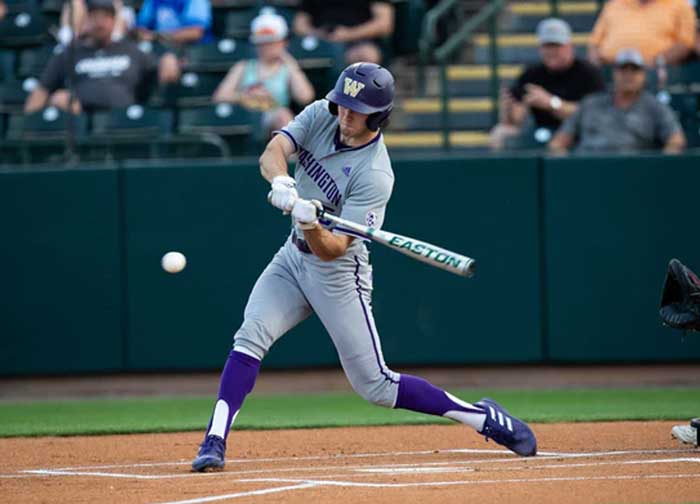What is Two Strike Hitting?
Two-strike hitting is a baseball term that refers to a batter’s approach and strategy when they have two strikes against them in the count during an at-bat. In baseball, a batter starts with a count of no balls and no strikes. When the pitcher throws a pitch that the batter swings at and misses (a strike), it’s recorded as a strike. If the batter takes a pitch that is called a strike by the umpire, it also counts as a strike. When a batter accumulates two strikes, they are in a disadvantaged position because one more strike will result in a strikeout, and they will be out.
12 Tips for implementing Two Strike Hitting skills

Using Two Strike Hitting effectively in baseball requires a combination of skills, mindset, and strategies. Here are some key tips on how to use Two Strike Hitting to your advantage:
- Protect the Plate: The primary goal with two strikes is to avoid striking out. Therefore, focus on protecting the plate by being ready to swing at any pitch in the strike zone. This means being aggressive while maintaining good plate discipline.
- Widen Your Stance: To improve your balance and ability to reach pitches, consider widening your stance slightly. This can help you cover a larger portion of the plate and react more quickly to different pitch locations.
- Choke Up on the Bat: Choking up on the bat by gripping it higher up the handle can give you more control and make it easier to make contact with the ball. It allows you to shorten your swing and react faster.
- Shorten Your Swing: With two strikes, focus on a more compact and shorter swing. This reduces the chances of swinging and missing on a pitch. Concentrate on getting the barrel of the bat to the ball quickly.
- Stay Balanced: Maintain your balance throughout the swing. An off-balance swing makes it challenging to adjust to different pitches. Keep your weight evenly distributed and your head steady.
- Be Selective: While you should be ready to swing, you should also be selective. Don’t swing at borderline pitches that are outside the strike zone. Make the pitcher work and wait for a pitch you can handle.
- Use the Whole Field: Try to hit the ball to all fields. This means being able to go the opposite way (hitting to the opposite field) when necessary. It can make it harder for the defense to shift against you and increases your chances of making solid contact.
- Protect Against Breaking Balls: Be especially alert to breaking balls (curveballs, sliders) with two strikes. They often break out of the strike zone, so be ready to recognize them early and lay off if they’re not in the hitting zone.
- Mental Toughness: Developing mental toughness is essential in Two Strike Hitting. Stay confident and positive, and don’t dwell on previous strikes. Trust your training and believe you can still succeed.
- Practice and Repetition: Improve your Two Strike Hitting through practice. Work on drills that simulate two-strike situations, where you focus on making contact and staying alive in the count.
- Study Opposing Pitchers: Understand the tendencies of the pitchers you’re facing. Some pitchers may have patterns when they’re ahead in the count, and knowing these tendencies can help you anticipate their pitches.
- Learn from Experience: Pay attention to your own at-bats and learn from your successes and failures in two-strike situations. Tailor your approach to suit what suits you best.
Incorporating these techniques and maintaining a positive, confident mindset can help you become a more effective hitter in Two Strike situations, increasing your chances of getting on base and helping your team. Remember that Two Strike Hitting is a skill that takes practice and patience to develop.
